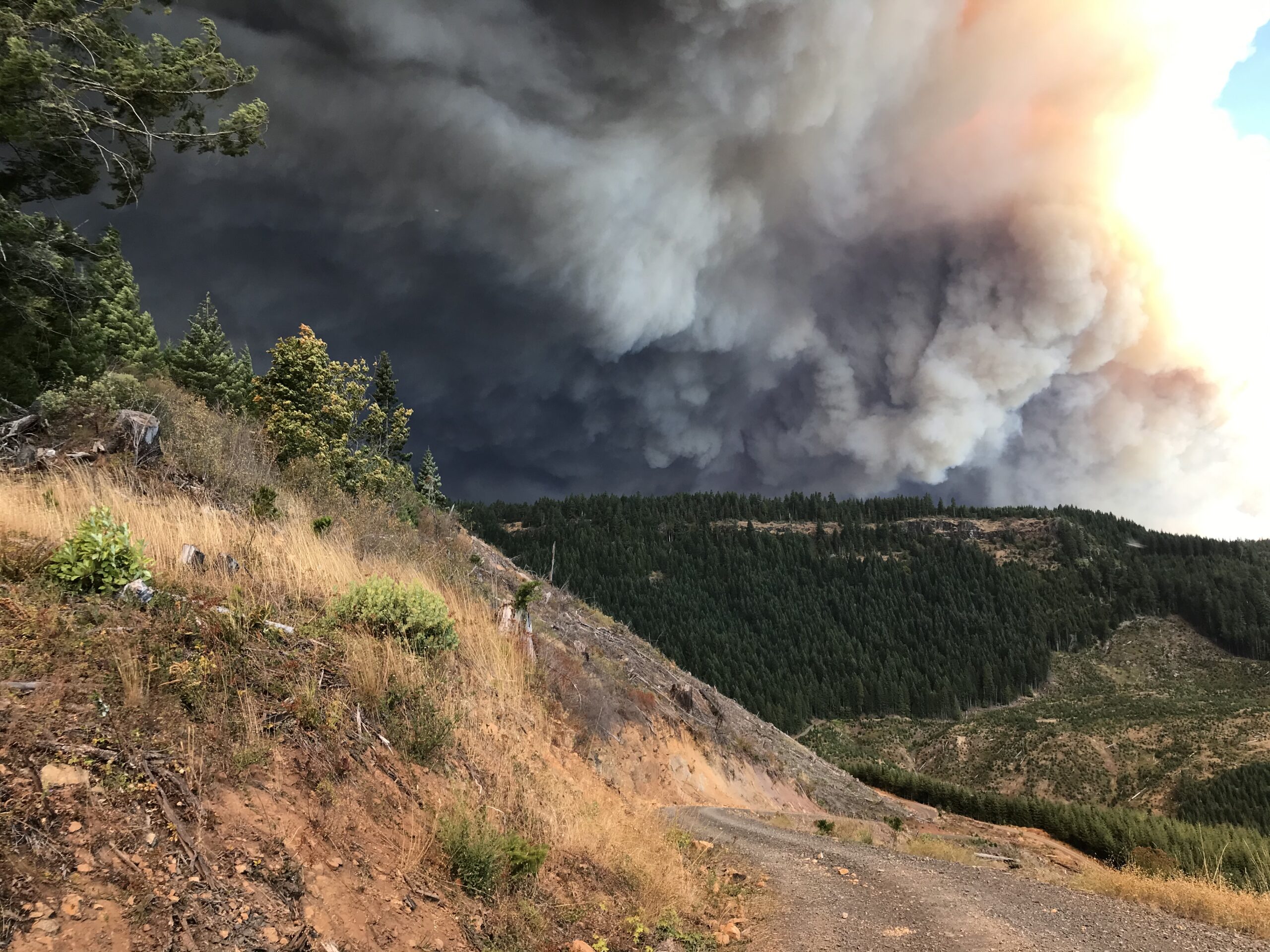In a study published at the end of 2023, researchers looked at the intricate relationship between forest management practices, wildfire risk, air quality, and public health in fire-prone regions like California. With wildfires increasing in frequency and intensity due to climate change and historical fire management practices, there’s a pressing need to understand how forest management, particularly prescribed burning, can mitigate these risks while considering public health impacts.
Prescribed burns, though effective in reducing extreme wildfire risk and overall smoke emissions, also raise concerns about smoke exposure in nearby communities. To address this, the researchers developed a methodological framework integrating landscape ecology, air-quality modeling, and health impact assessment. They applied this framework to analyze six forest management scenarios in the Central Sierra, California, demonstrating its utility in quantifying air-quality and health impacts of specific management strategies.
The study found that moderate prescribed burning can decrease wildfire-specific PM2.5 exposures and reduce asthma-related health impacts in surrounding regions. However, the benefits plateau under scenarios with additional prescribed burning due to increased treatment-related smoke burdens. This highlights the importance of finding a balance in forest management practices to maximize benefits while minimizing adverse health impacts.
The integrated framework presented in the study offers a roadmap for evaluating forest management practices in other fire-prone landscapes. By incorporating public health considerations into planning efforts, decision-makers can develop more equitable and effective interventions to improve both forest health and community well-being.
While the study provides valuable insights, it acknowledges limitations such as data constraints and uncertainties in modeling. Future research should consider the combined effects of climate change and forest management on air quality and public health to achieve sustainable outcomes in fire-prone landscapes.
As forest managers increasingly focus on ramping up fuel treatments, integrating public health considerations into planning efforts becomes paramount. The study emphasizes the need for collaboration between researchers and practitioners across sectors to realize resilient and sustainable futures in fire-prone landscapes.

